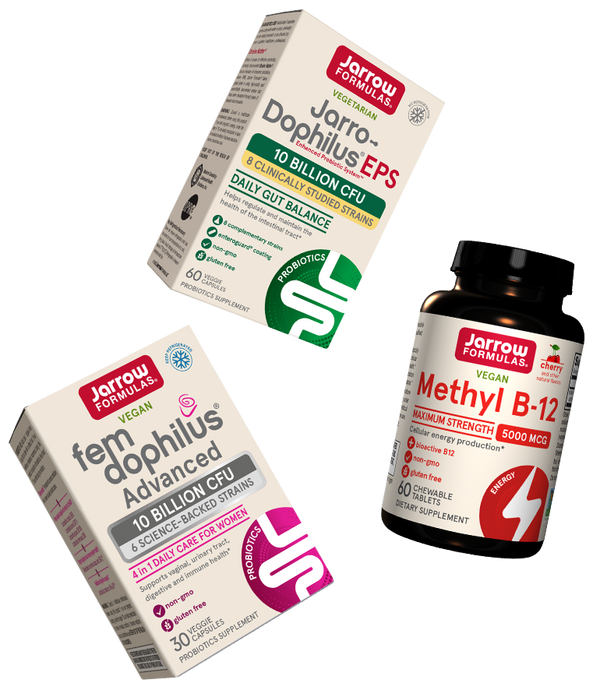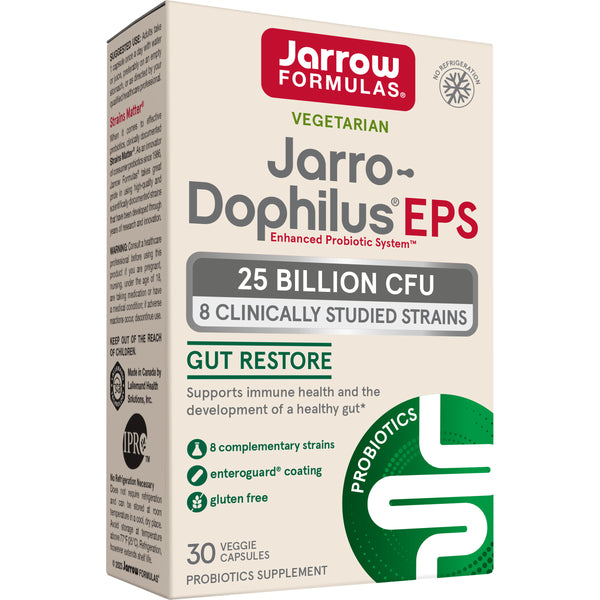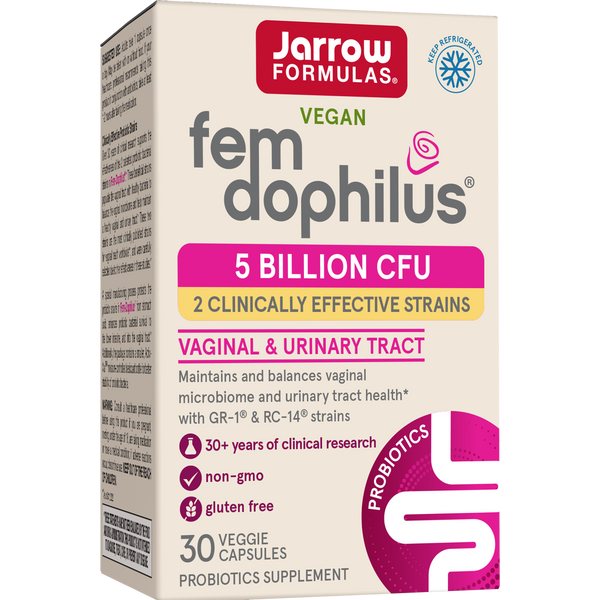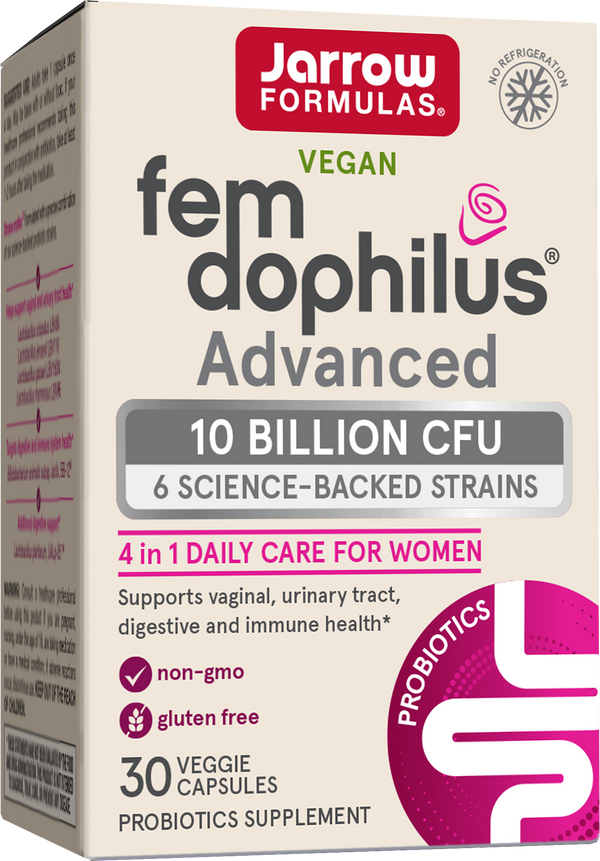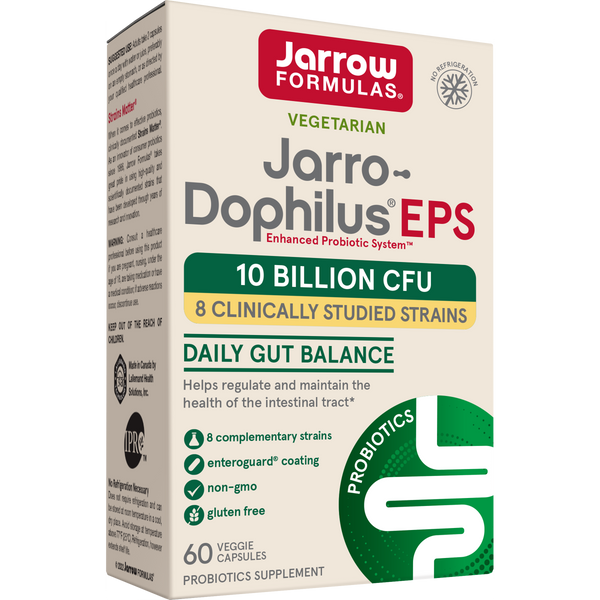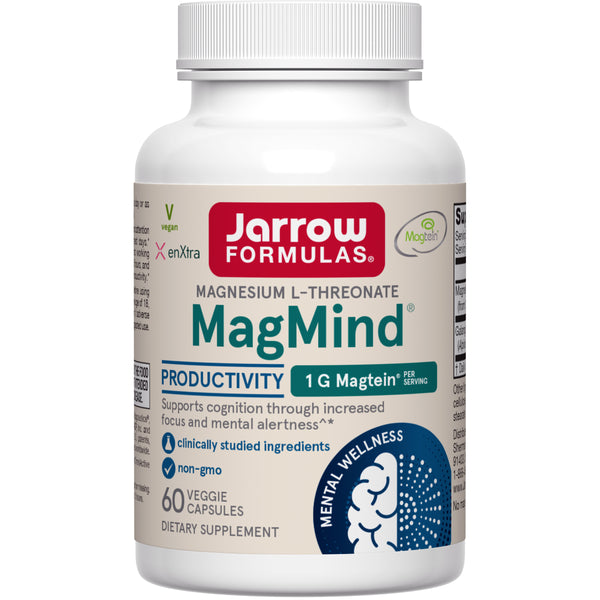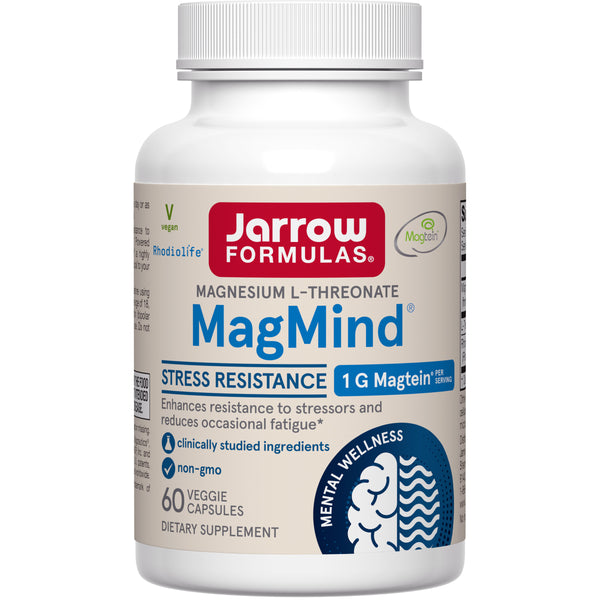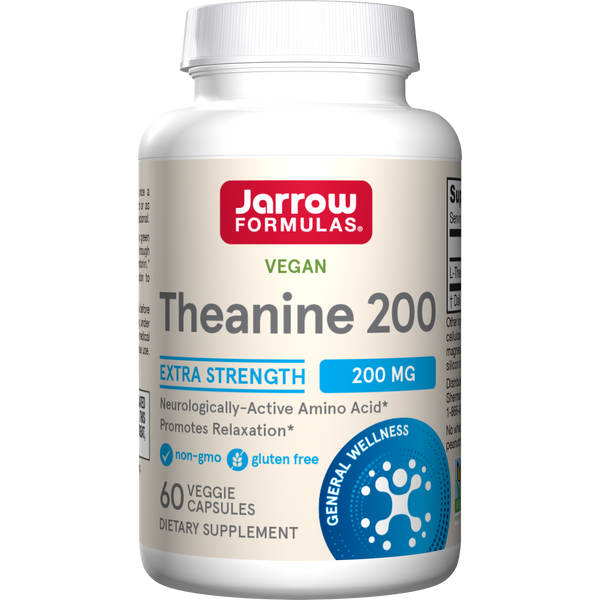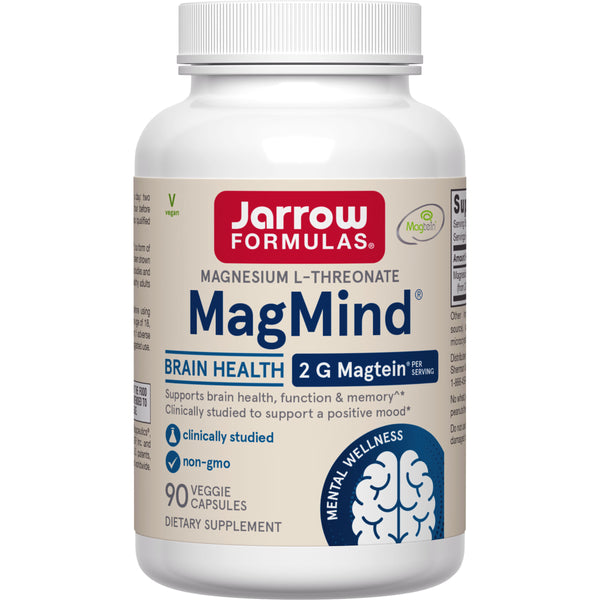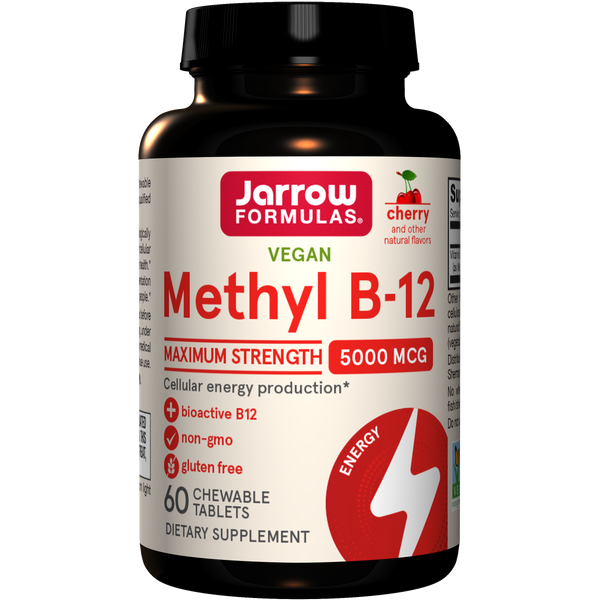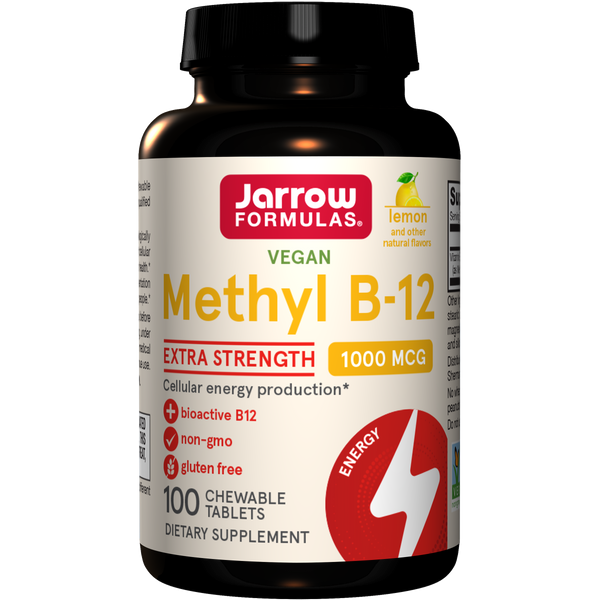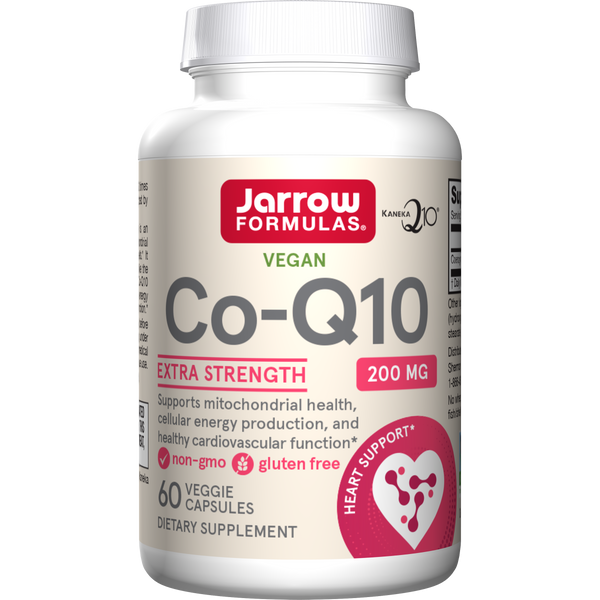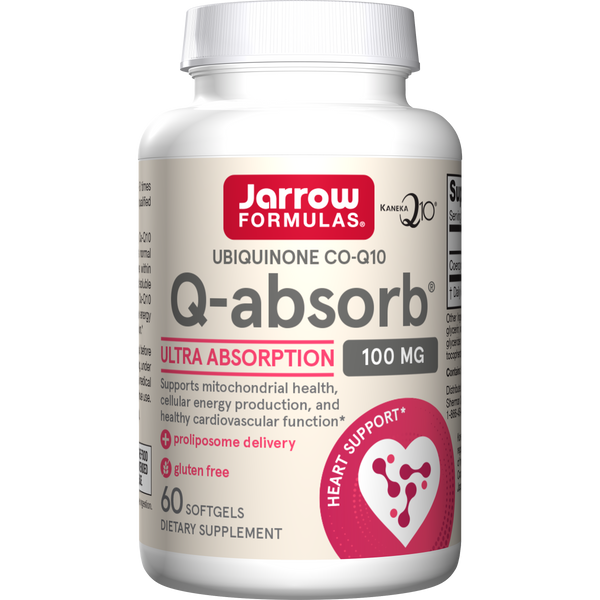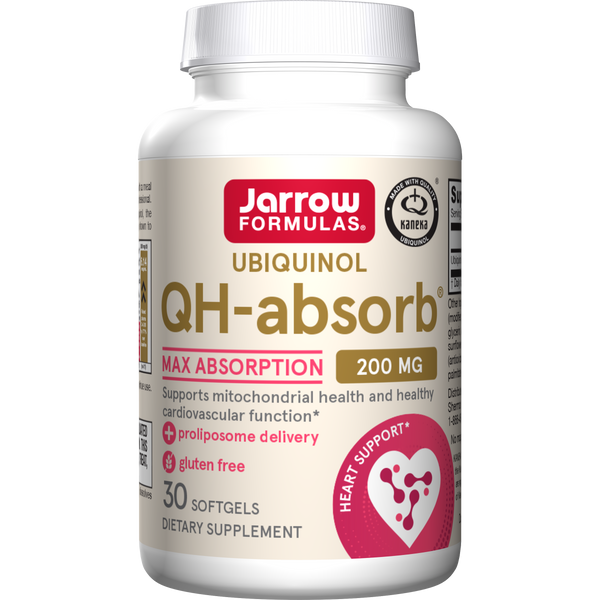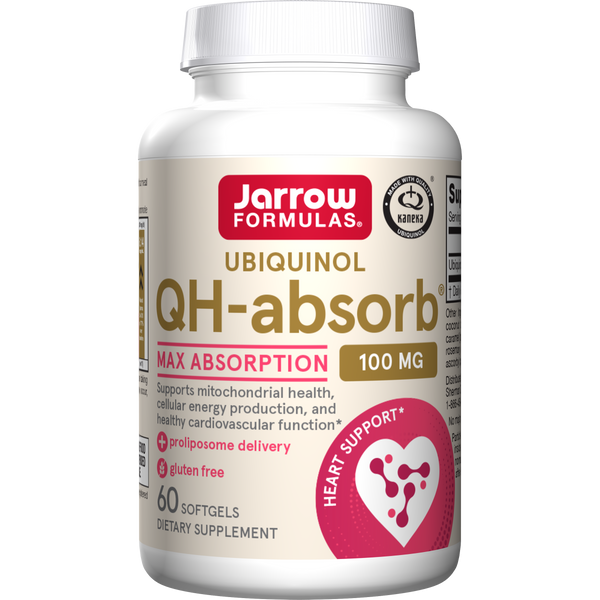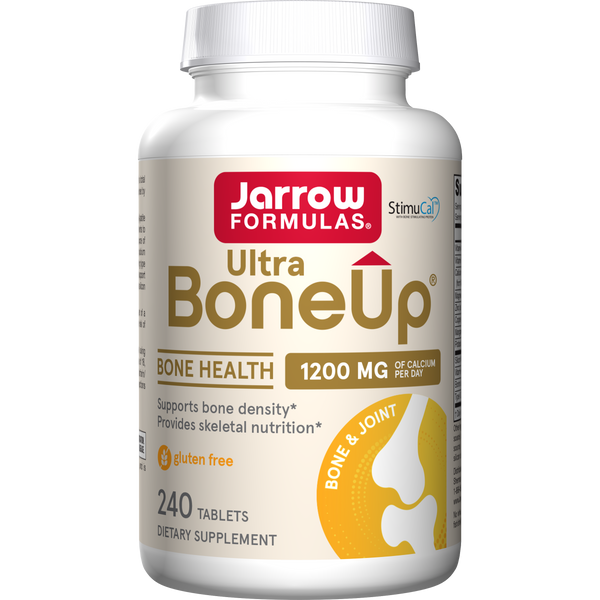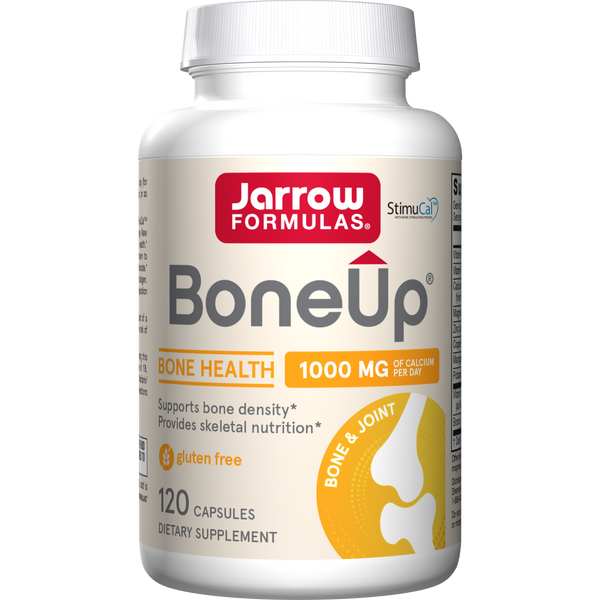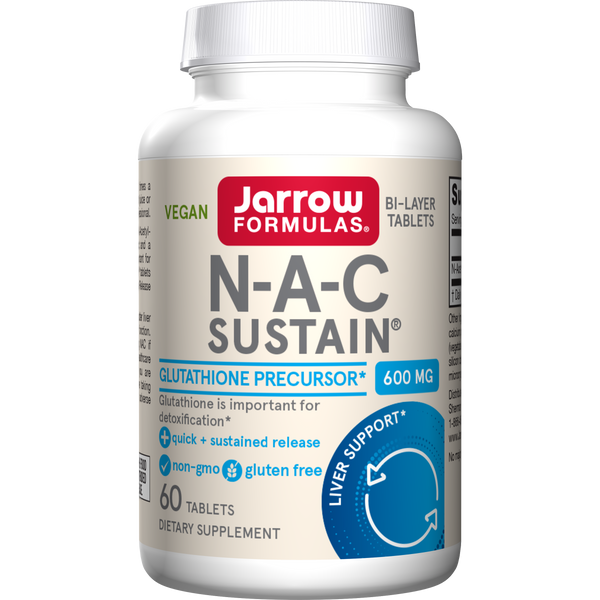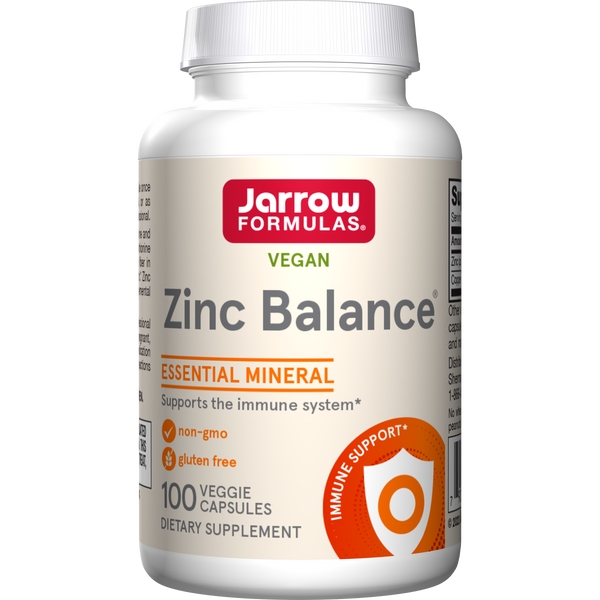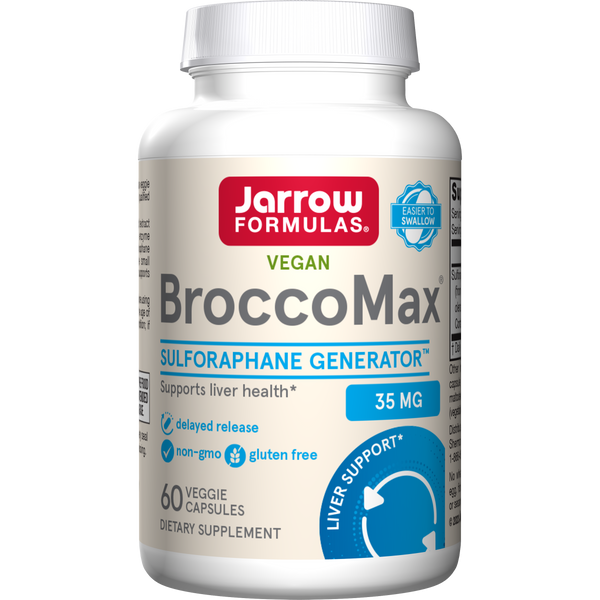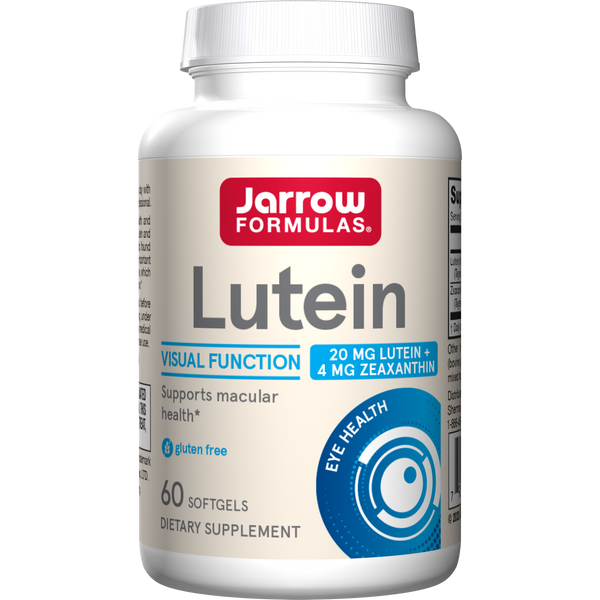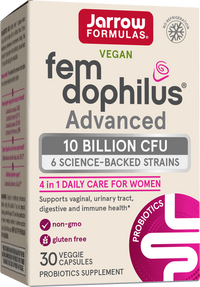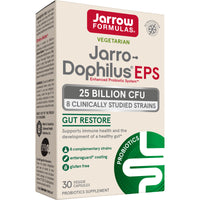PQQ and the Brain
Mitochondria, the powerhouses of the cell, generate damaging reactive oxygen species (ROS) as byproducts of energy production. And the older mitochondria get, the less efficient they become. That means less energy, but more ROS carnage—from within! Nowhere is this more apparent than in the aging brain.
That is one reason why the neuroprotective activity of pyrroloquinoline quinone (PQQ) is making waves in some research circles. PQQ appears to provide protection to the brain not only by birthing new mitochondria and making old mitochondria more efficient, but by guarding against other oxidative assaults. A recent study increases this understanding.
Researchers simulated the conditions of stroke by injecting glutamate into rat brain tissue. High levels of ROS were produced as expected leading to widespread neuronal damage. However, in the presence of PQQ much of this damage was avoided.
The researchers noted that PQQ did not merely decrease levels of ROS, but also led to the phosphorylation of two kinases, Akt and GSK3β. These kinases possess a larger role in neuronal protection and metabolism indicating a more sustained regulatory impact on brain tissue. These observations point to larger signaling functions possessed by PQQ and confirm another mechanism by which PQQ not only protects the brain during trauma but also during normal day-to-day rigors.
Studies like this one are important because they help researchers and consumers better understand the results of human research. For example, it shines some light on how 20 mg/day PQQ given to aging individuals led to reversals in cognitive decline. Importantly in that study, the effects were increased with co-administration of CoQ10.
Neurochem Res. 2013 Aug;38(8):1661-71.
